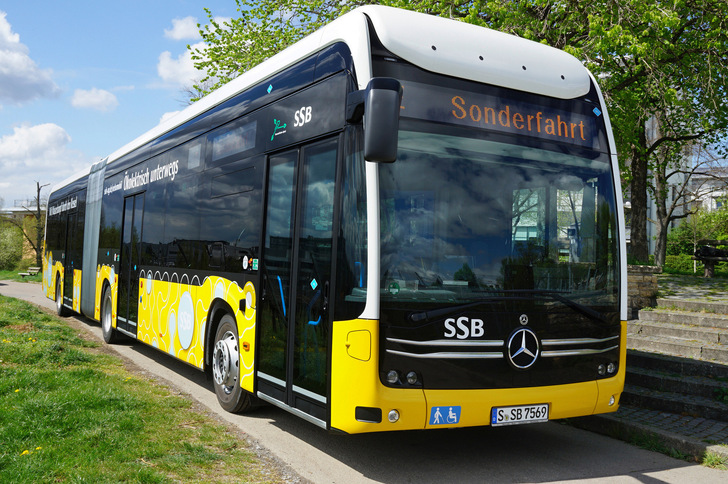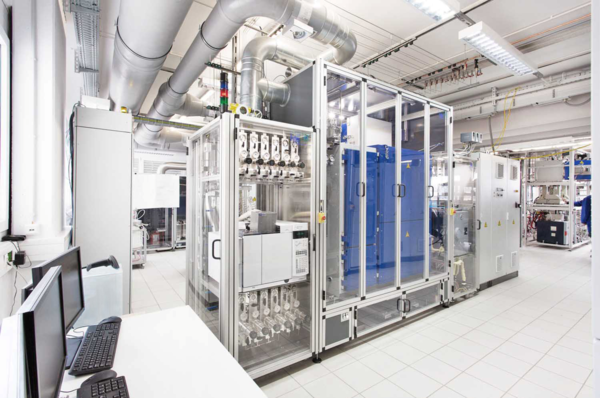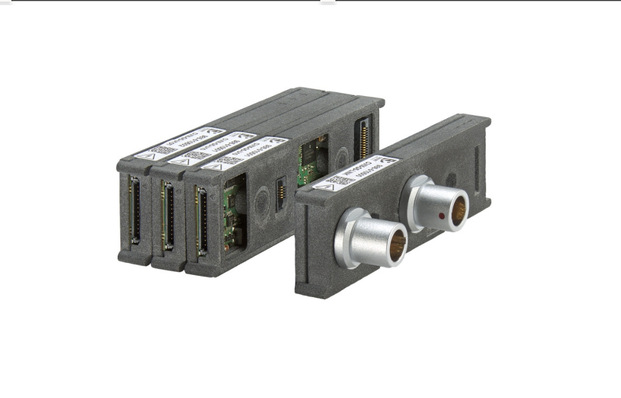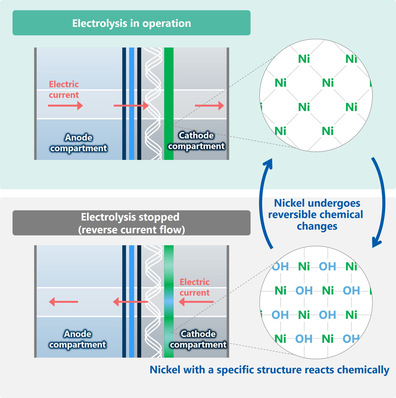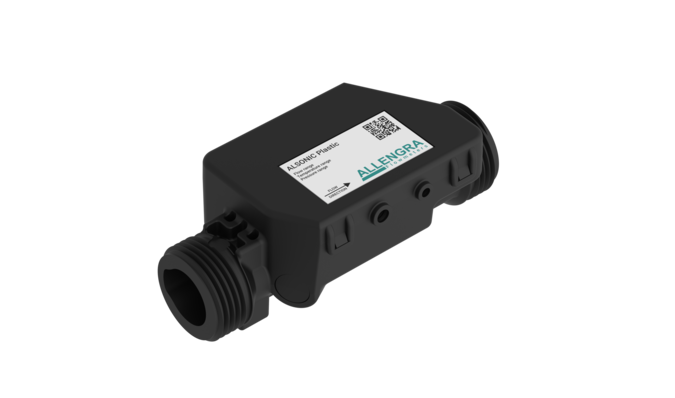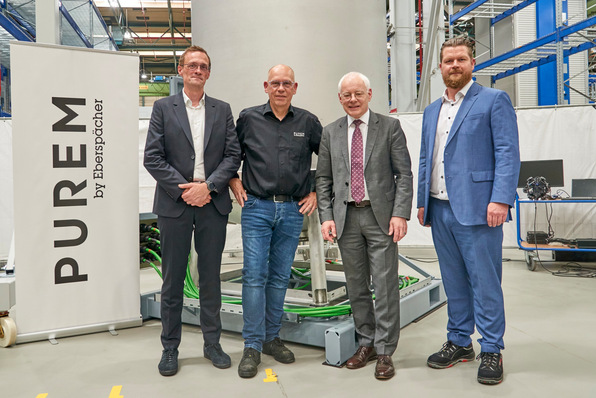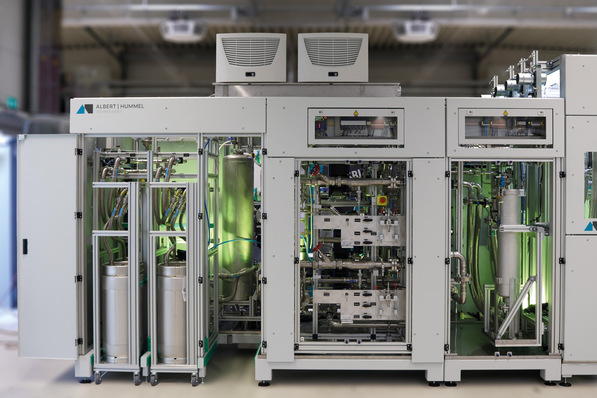Daimler Buses will deliver ten fuel cell buses featuring a new, pure hydrogen drive mode to SSB Stuttgart. These vehicles are part of a strategy aimed at integrating various alternative drive systems within the fleet.
With the procurement of ten fuel cell buses, SSB concludes the trial phase of alternative propulsion technologies and commences the development of a zero-emission bus fleet for the Stuttgart urban transport network. The transit operator is currently preparing its bus depots in Gaisburg and Möhringen with the necessary charging infrastructure to accommodate a total of 60 electric buses.
In Gaisburg, SSB already operates a hydrogen refueling station, which is currently supplied via trailers. In the future, this station is to be connected to a pipeline. SSB served as a development partner to Daimler Buses in the creation of the buses featuring the new pure hydrogen drive concept “H2-Mode.”
“In order to continue offering our passengers the reliable yet flexible bus service they are accustomed to, even with alternative powertrains, we must intelligently combine the respective strengths of different drive technologies within our fleet,” said Markus Wiedemann, Head of the Bus Division at SSB, during the unveiling of the new series in mid-April. “That’s why we are very pleased to finally be deploying these buses.”
Thanks to the new operational strategy “H2-Mode,” the electric articulated buses can be operated in specific deployment scenarios using hydrogen as the sole energy source. The vehicles are equipped with four NMC3 high-voltage battery packs, providing a total energy capacity of 392 kWh. The fuel cell module, with a maximum output of 60 kW, is mounted on the roof of the rear section. Also installed on the roof are six hydrogen tanks with a combined storage capacity of 30 kilograms.
In H2-Mode, the buses achieve a range of up to 360 kilometers. This contributes to overall efficiency, particularly in urban operations characterized by frequent stops and starts and in demanding topographies such as Stuttgart’s hilly routes. The large battery capacity also enables the delivery of high drive power over extended distances—for example, on inclines like the Stuttgart Weinsteige—without requiring the fuel cell to operate in its inefficient high-load range.
The three-door fuel cell articulated buses offer seating for 47 passengers and standing room for 77. Features include LED lighting technology as well as state-of-the-art safety and driver assistance systems.


